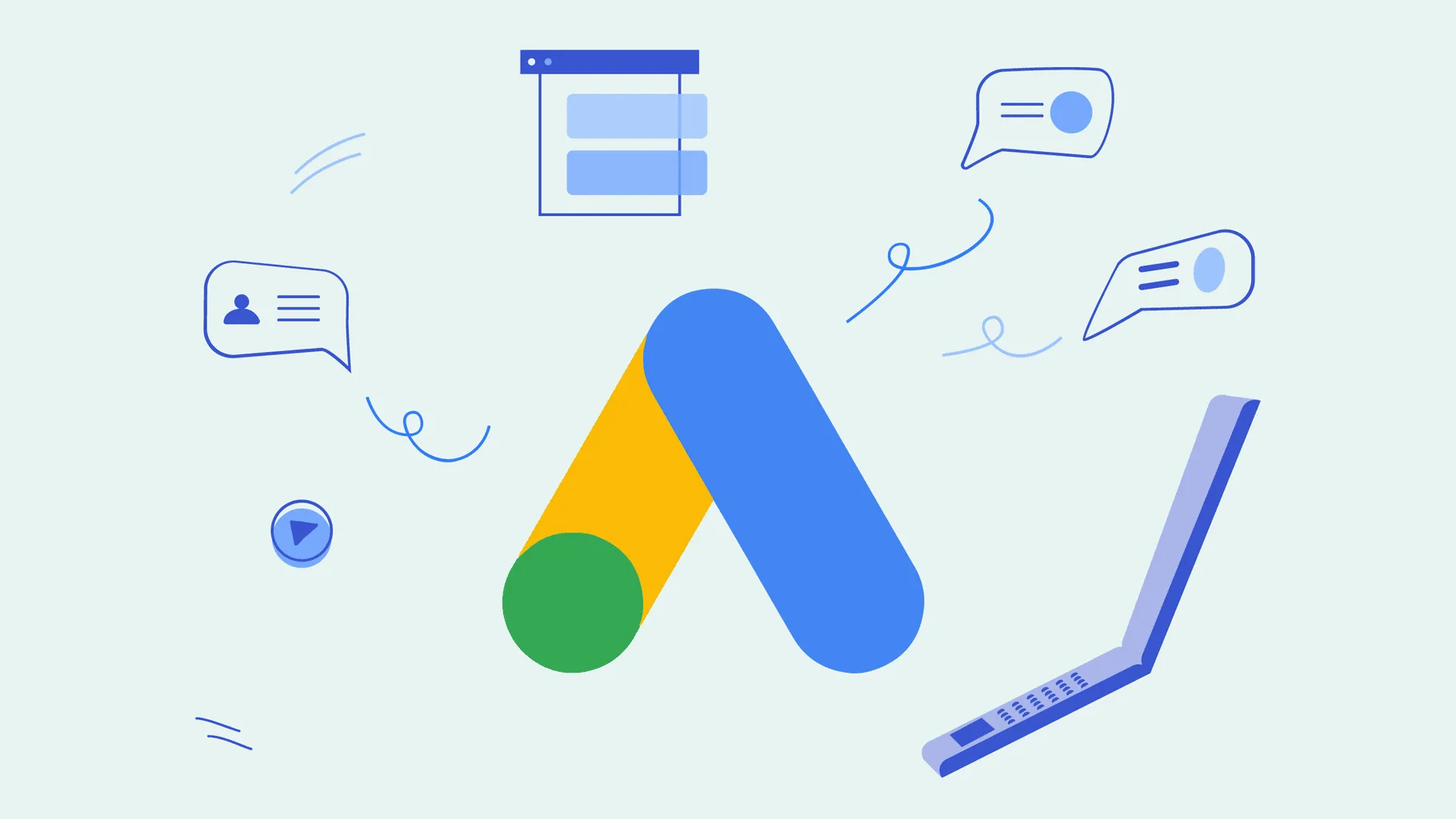Quality Score is a crucial metric in Google Ads that directly affects the success of your campaigns. A higher Quality Score means lower costs and better ad positions. Here’s how to improve your Quality Score:
What is Quality Score and Why is it Important?
Quality Score measures the performance and user experience of your Google Ads campaigns. It ranges from 1 to 10 and indicates how relevant your ad is to the keyword, ad text, and landing page. A high Quality Score reduces ad costs and improves ad placement.
Core Elements of Quality Score
1. Landing Page Experience
• Measures how relevant and useful your landing page is to people who click on your ad. This includes content relevance and ease of navigation.
2. Ad Relevance
• Shows how closely your ad text matches the keywords and how relevant it is to your business.
3. Expected Click-Through Rate (CTR)
• Estimates how likely it is that your ad will be clicked based on past performance, excluding the effect of ad position.
Tips for Improving Quality Score
1. Keyword Relevance
• Naturally use keywords in your ad text and landing page.
2. Ad Text Quality
• Write compelling, user-friendly ad texts with a clear call-to-action.
3. Landing Page Experience
• Ensure your landing page is user-friendly, fast-loading, and mobile-friendly.
4. Click-Through Rate (CTR)
• Increase CTR with engaging headlines and descriptions.
5. Ad Extensions
• Enrich your ads with site links and other extensions.
6. Continuous Optimization
• Regularly review and optimize your campaigns.
7. Competitive Analysis
• Analyze competitors and adopt their successful strategies.
Improving your Quality Score makes your Google Ads campaigns more efficient and effective. By following these tips, you can lower your ad costs and achieve higher conversion rates.
We can help improve your quality score!

